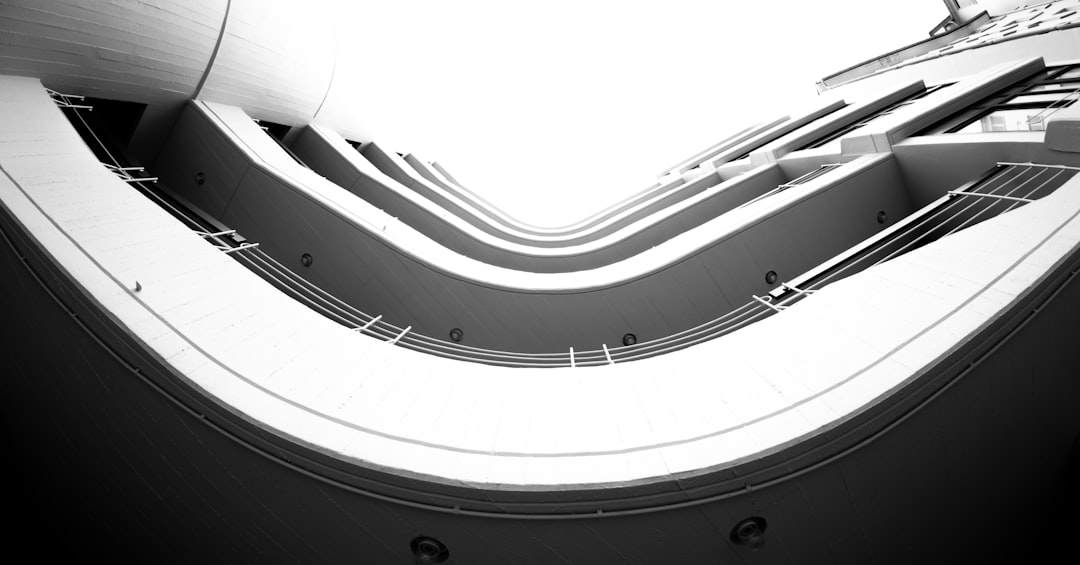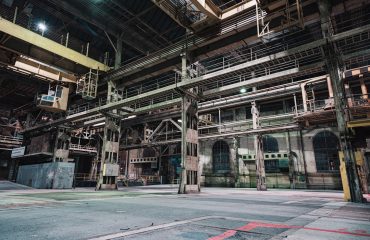In today’s world, noise pollution is a significant concern, impacting productivity, well-being, and even health. Whether you’re designing a recording studio, a bustling office, or a quiet residential space, effective sound control is paramount. This is where acoustic steel profile systems step in, offering a robust and versatile solution for managing sound within a variety of environments.
Understanding the Mechanics of Acoustic Steel Profile Systems
Acoustic steel profile systems are engineered frameworks designed to support and enhance sound absorption and insulation materials. Unlike traditional methods, these systems offer a more precise and customizable approach to sound control. They utilize lightweight yet strong steel profiles, often featuring perforated or specialized designs, to create a framework for the installation of acoustic panels, mineral wool, or other sound-dampening materials. This framework allows for the creation of suspended ceilings, wall systems, or even free-standing acoustic barriers, providing flexibility in design and implementation.
The effectiveness of these systems hinges on several factors, including the type of steel profile used (e.g., thickness, perforation pattern), the choice of sound-absorbing materials, and the overall system design. Properly designed systems can significantly reduce noise transmission and reverberation, leading to a quieter and more comfortable environment.
Choosing the Right Steel Profile for Your Acoustic Needs
The selection of the appropriate steel profile is crucial for the success of an acoustic steel profile system. Several factors need to be considered:
- Thickness and Strength: Thicker profiles offer greater structural integrity, particularly important for supporting heavier sound-absorbing materials or in high-traffic areas.
- Perforation Pattern: Perforated profiles allow for better sound absorption by allowing sound waves to penetrate the material behind the profile. The size and distribution of perforations influence the absorption coefficients at different frequencies.
- Profile Type: Different profile types (e.g., C-channels, Z-channels, T-profiles) offer varying levels of stiffness and load-bearing capacity, influencing the overall system design and suitability for specific applications.
- Material: While steel is the most common material, other metals like aluminum might be considered based on specific project requirements such as corrosion resistance.
Consult with acoustic engineers and suppliers to determine the optimal profile for your specific acoustic needs and environmental conditions.
Installation Techniques and Best Practices for Acoustic Steel Profile Systems
Proper installation is critical to achieving the desired acoustic performance. The installation process typically involves several steps:
- Framework Construction: The steel profiles are precisely positioned and secured to the existing structure using appropriate fasteners.
- Sound Insulation Layer: A layer of sound-insulating material, such as mineral wool or fiberglass, is installed within the framework to further reduce noise transmission.
- Sound Absorption Layer: Acoustic panels or other sound-absorbing materials are affixed to the framework, enhancing the system’s absorption capabilities.
- Finishing Touches: The system is finished with appropriate coverings or finishes, depending on the aesthetic requirements of the space.
Careful attention to detail during installation is essential to prevent sound leaks and ensure optimal performance. Following manufacturer’s instructions and utilizing appropriate tools and techniques are paramount.
Applications of Acoustic Steel Profile Systems: Where Silence Matters
Acoustic steel profile systems find applications in a wide range of settings, including:
- Recording Studios and Music Rooms: Providing exceptional sound isolation and minimizing unwanted reverberation.
- Home Theaters: Creating an immersive and acoustically optimized viewing experience.
- Offices and Commercial Spaces: Reducing noise distractions and improving workplace productivity.
- Industrial Settings: Mitigating noise pollution from machinery and processes.
- Educational Institutions: Creating quieter learning environments in classrooms and libraries.
- Hospitals and Healthcare Facilities: Improving patient comfort and reducing noise-related stress.
The versatility of these systems allows for tailored solutions to meet the unique acoustic demands of each environment.
Benefits of Utilizing Acoustic Steel Profile Systems: Beyond Sound Control
Beyond their primary function of sound control, acoustic steel profile systems offer several additional benefits:
- Durability and Longevity: Steel profiles are robust and resistant to damage, ensuring long-lasting performance.
- Fire Resistance: Steel is inherently fire-resistant, contributing to overall building safety.
- Design Flexibility: The modular nature of these systems allows for customization and integration with various architectural styles.
- Easy Maintenance: The systems are relatively easy to maintain and repair, minimizing downtime.
- Cost-Effectiveness: While the initial investment may be higher than some traditional methods, the long-term benefits in terms of reduced noise pollution and improved productivity can outweigh the cost.
These advantages make acoustic steel profile systems a compelling choice for a wide range of acoustic projects.
In conclusion, acoustic steel profile systems represent a sophisticated and effective approach to sound control. By understanding their mechanics, choosing the right materials, and ensuring proper installation, you can create quieter, more productive, and more comfortable environments. The versatility and long-term benefits of these systems make them a valuable asset in any project where noise control is a priority.
SEO Tags:
- Acoustic Steel Profiles
- Soundproofing Solutions
- Noise Control Systems
- Steel Profile Acoustic Panels
- Acoustic Design and Engineering




